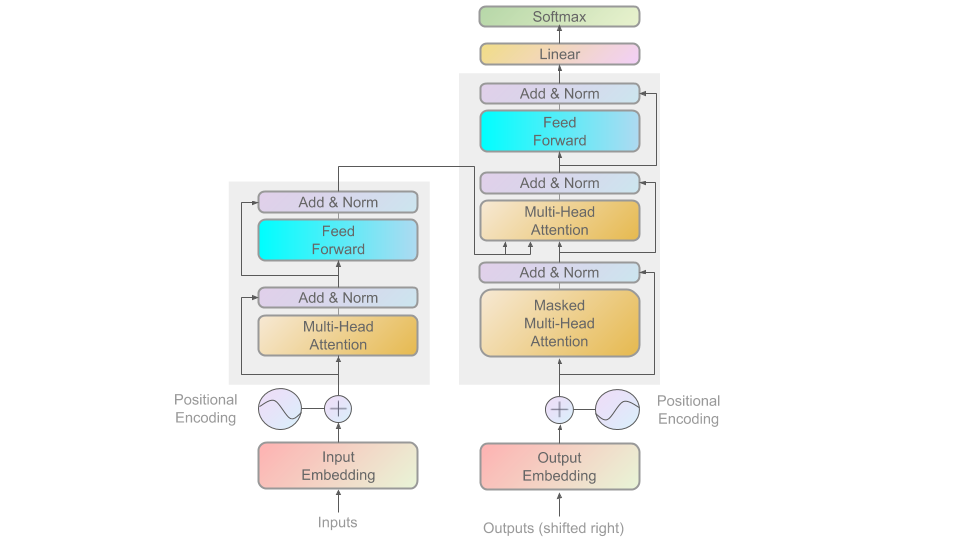Stylish neural networks, A/B tests with GPT, and academic papers... with code! [Issue 2.0]
Week 31-2023
Welcome to The Repo! 🚀
Each week, I'll curate three gems from the data science community:🗄️ Re: Remarkable Repository
💻 P: Prolific Programmer
🏢 O: Outstanding Organization
I hope you find them as valuable and insightful as I do.
You can find all recommendations in the GitHub repository at finnoh/repo!
dair-ai/ml-visuals
🗄️ Repository | Upgrade your slides for your next talk on ML
While not a classic programming repository, dair-ai/ml-visuals provides you with a Google Presentations slide deck of ML Visualizations that you can contribute to. If you are creating your presentations in Google Presentations or PowerPoint or would like to add an illustration to your Quarto slides, this repository is a good place to start. Not having to create illustrations from scratch is always helpful, and often cleaner than re-inventing the wheel yourself.
Count Bayesie
💻 Programmer | Bayesian Statistics & Generative AI
I created this blog as a vehicle to help people understand what makes probability theory both immensely important in how we understand the world as well as a delight to study in its own right. — Will Kurt from Count Bayesie
On the blog Count Bayesie, by Will Kurt an experienced data scientist and book author, you can find posts on Bayesian statistics, guides on Jax, and recently generative AI. An interesting idea, and curious first read, is his article on replacing A/B testing with GPT, exploring whether you can predict the winner of an A/B test for a subject line based on these pre-trained language models, which could serve as a quick, and zero-cost, pre-test.
Papers with Code
🏢 Organization | Academic papers alongside their open-source code
In blogs like this one, we often do not appreciate enough the importance of academic papers. Today, I hope to steer against this trend, at least a little bit. Papers with Code lists Machine Learning papers, alongside their associated GitHub repositories. This not only promotes reproducible research but also gives readers with a programming background, a second path to understanding the scientific contribution. Blending different channels of communication is often a great idea, and so is making research interactive. Check it out!


